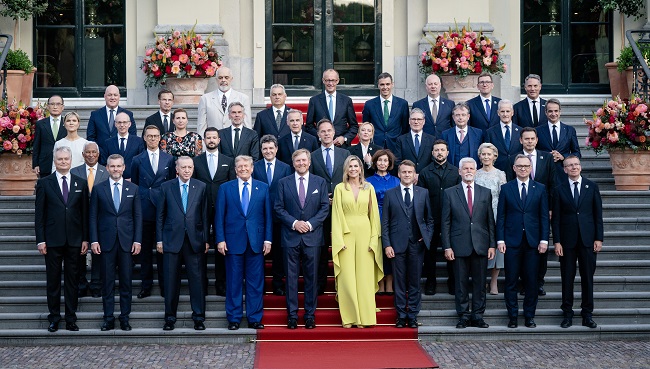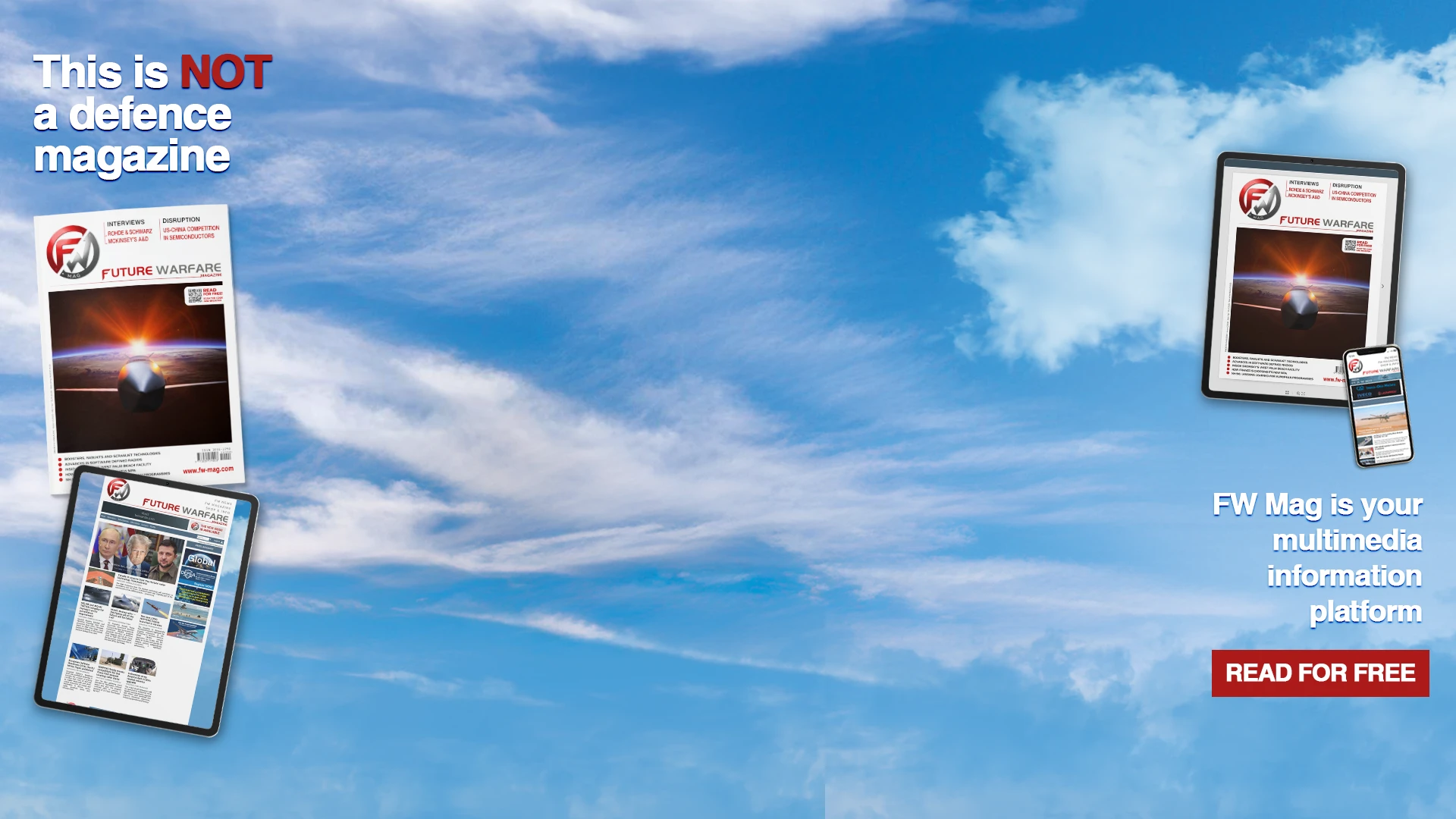
The historic NATO Summit currently taking place in The Hague will be remembered as the Summit of Wars and the 5% Summit—the event in which the Atlantic Alliance, under pressure from the Trump administration and the geopolitical environment, officially adopted the target of allocating 5% of national GDP to defence spending.
This goal appears ambitious and challenging—especially for certain countries—but it is actually within reach, and ultimately, it may never fully materialize. In fact, the 5% target is divided into 2 parts: 3.5% for direct military spending, and 1.5% for related areas such as mobility, infrastructure, cyber, and more—expenditures with an evidently dual-use character.
The timeline for achieving the 3.5% target is set for 2035, giving member states a ten-year window to gradually increase their defence budgets without causing excessive economic shocks or imbalances. A “review” is planned for 2029—by which time Trump will be out of office, and the broader threat environment may also have changed or become less severe. In short, NATO remains above all a political organisation, and political processes must always balance a range of national interests. For Italy and other nations burdened by persistent budget deficits and public debt, this gradual approach is undoubtedly a positive outcome.
However, the Hague Summit has not focused solely on military spending. During yesterday’s NATO Summit Defence Industry Forum, Belgium, Germany, Canada, Denmark, Greece, Italy, the Netherlands, Norway, Poland, Sweden, Turkey, and the United Kingdom signed a commitment on joint acquisition, storage, transport, and recycling of critical raw materials for defence applications—such as titanium and lithium.
Meanwhile, the Multinational Multi Role Tanker Transport Fleet (MMF) program, launched in 2012, welcomed two new members: Denmark and Sweden. At the same time, the NATO Support and Procurement Agency (NSPA) signed a contract with Airbus DS for the acquisition of two additional A330 MRTT aircraft, expanding the MMF fleet to 12 aircraft.
Additionally, the Updated Defence Production Action Plan—first launched in February to aggregate demand and boost industrial capacity—was formally unveiled. NATO also introduced the Commercial Space Strategy to leverage commercial space assets for military purposes, and launched the Rapid Adoption Action Plan to streamline the procurement process across the Alliance.








 (300 x 70 px) (1).png)
